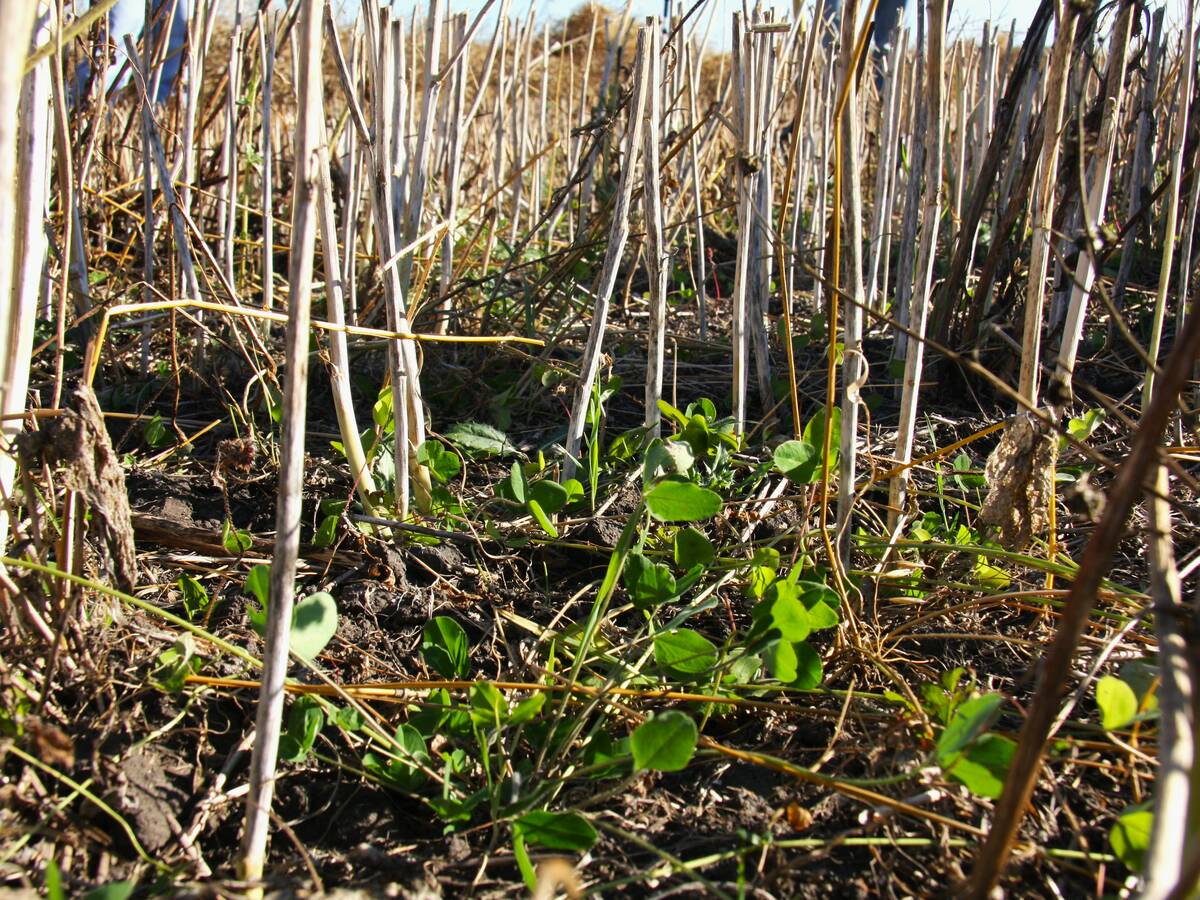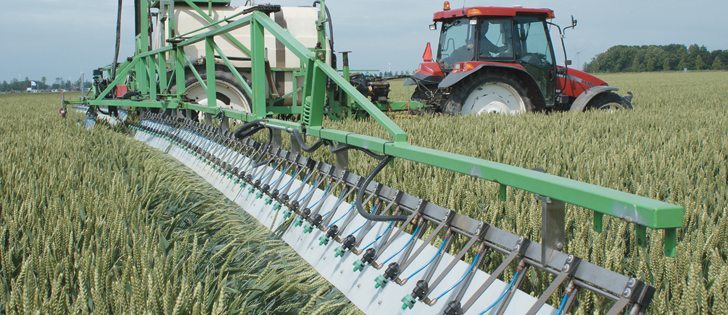Wingssprayer | Dutch producer and designer Harrie Hoeben says attachment allows farmers to spray with finer droplets
A European sprayer is based on the idea that smaller is better.
Dutch producer Harrie Hoeben said he thought up the Wingssprayer after the government focused on reducing spray drift by four percent.
Producers started spraying larger droplets to meet the goal.
“That’s why I started to think about ways to change the equipment so we can spray with very fine droplets,” said Hoeben.
Hoeben has focused on new products and techniques to make spraying safer since he took over the spraying operation on his father’s apple orchard 37 years ago.
Read Also

Saskatchewan project sees intercrop, cover crop benefit
An Indigenous-led Living Lab has been researching regenerative techniques is encouraging producers to consider incorporating intercrops and cover crops with their rotations.
It’s taken Hoeben seven years to refine the Wingssprayer to its three attachable designs, all of which reduce drift as well as the amount of chemical that is required.
The Single Wing attachment is the basic version, which Hoeben said is ideal for smaller farms and fields.
The Double Wing, which has been on the market for several years in the Netherlands, is tailored for bigger fields and farms. It can be used at higher speeds than the Single Wing, travelling as fast as 36 km-h.
The Vertical Wing is made for crops that grow on trees, such as apples and grapes.
Hoeben sells the sprayer in the Netherlands, Poland, Germany, England, Sweden, and Norway, but he knows that going global will be difficult.
“It’s a hard job to introduce new equipment into the market,” he said.
“The Wingssprayer is so new and it’s a very big change of thinking for the farmers about how to spray.”
Canada, the United States and Australia are the main markets he wants to pursue.
“I want to work together with sprayer companies,” he said.
“I only want to build the Wingssprayer and connect them to the best spraying companies.”
David Kucher, a grain farmer near Coleville, Sask., said the Wingssprayer has promise.
“It’s the drift aspect, or lack of drift, is what really draws me to it,” he said.
“I know pretty much every farmer has drifted their neighbour or has been drifted by their neighbour.”
However, Kucher also sees flaws. After watching a video posted on Wingssprayer’s website, he was concerned with the speed and how the sprayer touched the crops.
“I think of it being a vector for disease transmission from plant to plant.”
Sprayer expert Tom Wolf, a former researcher with Agriculture Canada, said environmental stewardship is important when working with pesticides because “we want products to land on target.”
The Wingssprayer could possibly help Canadian farmers accomplish this goal, he added.
“I like that it does something innovative.”
However, until he sees it in action in Canada, “I can’t have an opinion on it.”
He said the government also has a role to play.
Canadian farmers could receive subsidies for using sprayers that are environmentally friendly, but research is government’s biggest tool.
“Farmers are really keen about spraying properly,” he said.
“They are hungry for information about how to spray better. There’s a tremendous opportunity for research organizations to provide good data to them.”
For more information, visit www.wingssprayer.com.















